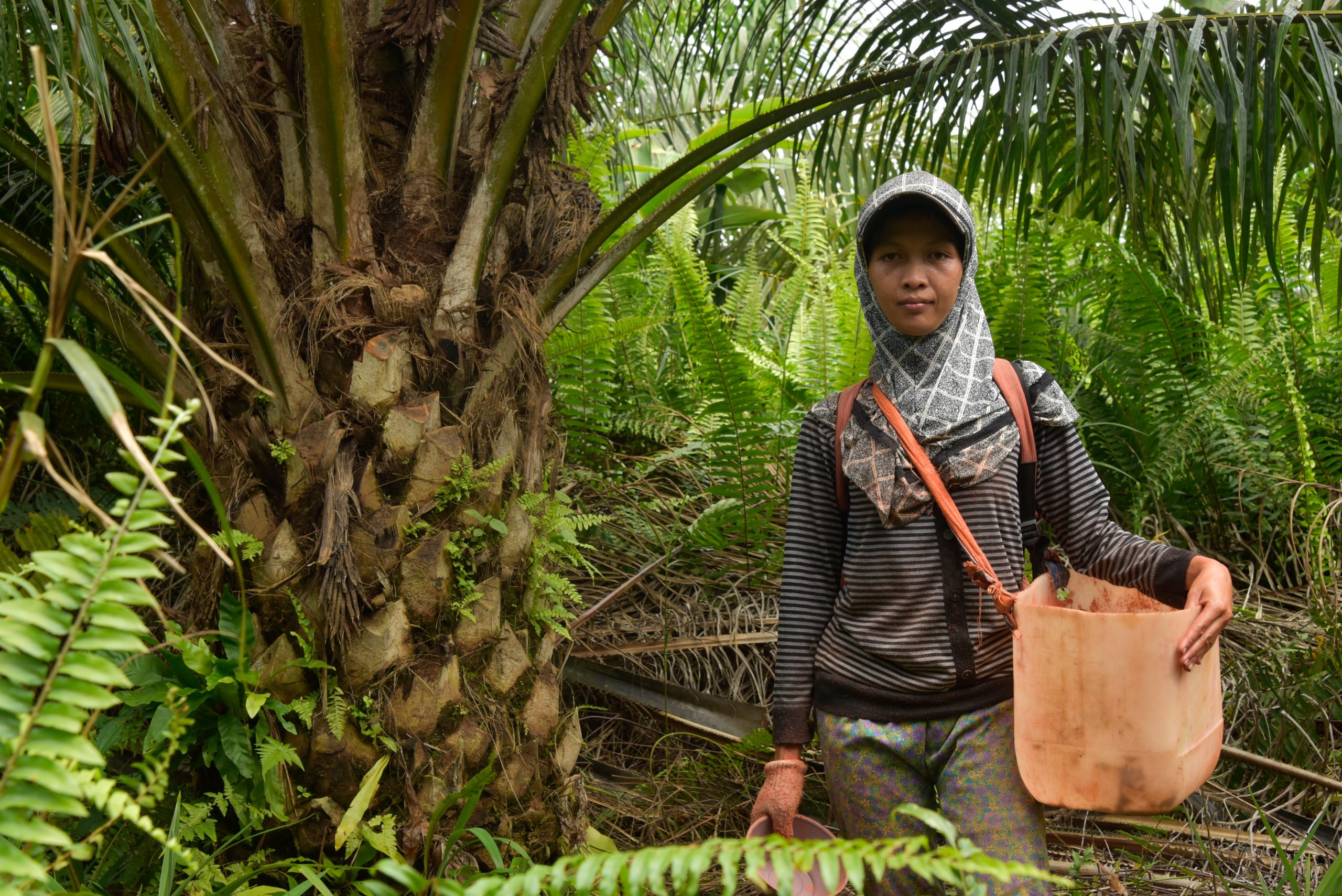Duration of engagment
Medium-Long (2-5 years to catalyze and sustain supplier engagement)
Cost
$-$$$ depending on how much a company decides to spend on financial incentives for suppliers vs. technical support, recognition, and facilitating linkages to other sources of funding
In the real world
Recognizing and resourcing supplier efforts to reducing emissions
Project Gigaton is Walmart’s program for reducing scope 3 emissions from its supply chain. Under the program, Walmart asks its suppliers to cut greenhouse gas emissions, use built-in calculators to estimate the reductions, and report results to Walmart. Walmart’s annual sustainability summit celebrates supplier achievements and announces new commitments. In Project Gigaton’s third year, a new Walmart webpage added “engagement in jurisdictional initiatives” as one action for which suppliers could claim credit. The page offers data to help suppliers understand where they are likely sourcing commodities, whether these supply origins are at high risk of deforestation, and how best to engage with sensitive, high-risk jurisdictions to improve sustainability outcomes.
Key points for companies
Companies can incentivize suppliers to engage in L/JIs in several ways. Upstream companies can work directly with suppliers in the context of an L/JI. Downstream companies can use preferred sourcing and other incentives that send market signals through the supply chain. All companies can give public recognition and visibility to suppliers, tailored to the audiences that matter most to them. Whatever approach is used, companies should consult with suppliers to clearly convey their own motivations and learn which incentives and supports are most attractive.

Support suppliers to engage in L/JIs. Companies can support suppliers (farmers, local aggregators, processors, and traders) in many ways including by co-designing L/JI strategies, supporting training, or legalizing production. The goal is to help suppliers see how they can maintain and increase their incomes while reducing deforestation.

Contract incentives. Both upstream and downstream companies can integrate L/JI goals and targets into their contracting mechanisms. Companies can integrate preferences for commodities sourced from effective L/JIs into their overall sourcing policies (see “Use preferential sourcing to support L/JIs that are demonstrating progress”). They can also provide preferential contract terms (such as higher volume, longer term, price premium) for suppliers participating in L/JIs (see “Align corporate policy specifications and supplier contract terms with landscape/jurisdictional goals and targets”). In general, contract incentives should be conditioned on both the individual supplier’s performance and the overall progress of the L/JI. By linking incentives to objectives, companies motivate suppliers to support the initiative, engage with government, and collaborate with communities and suppliers to accelerate adoption of good production and protection practices across the landscape/jurisdiction.
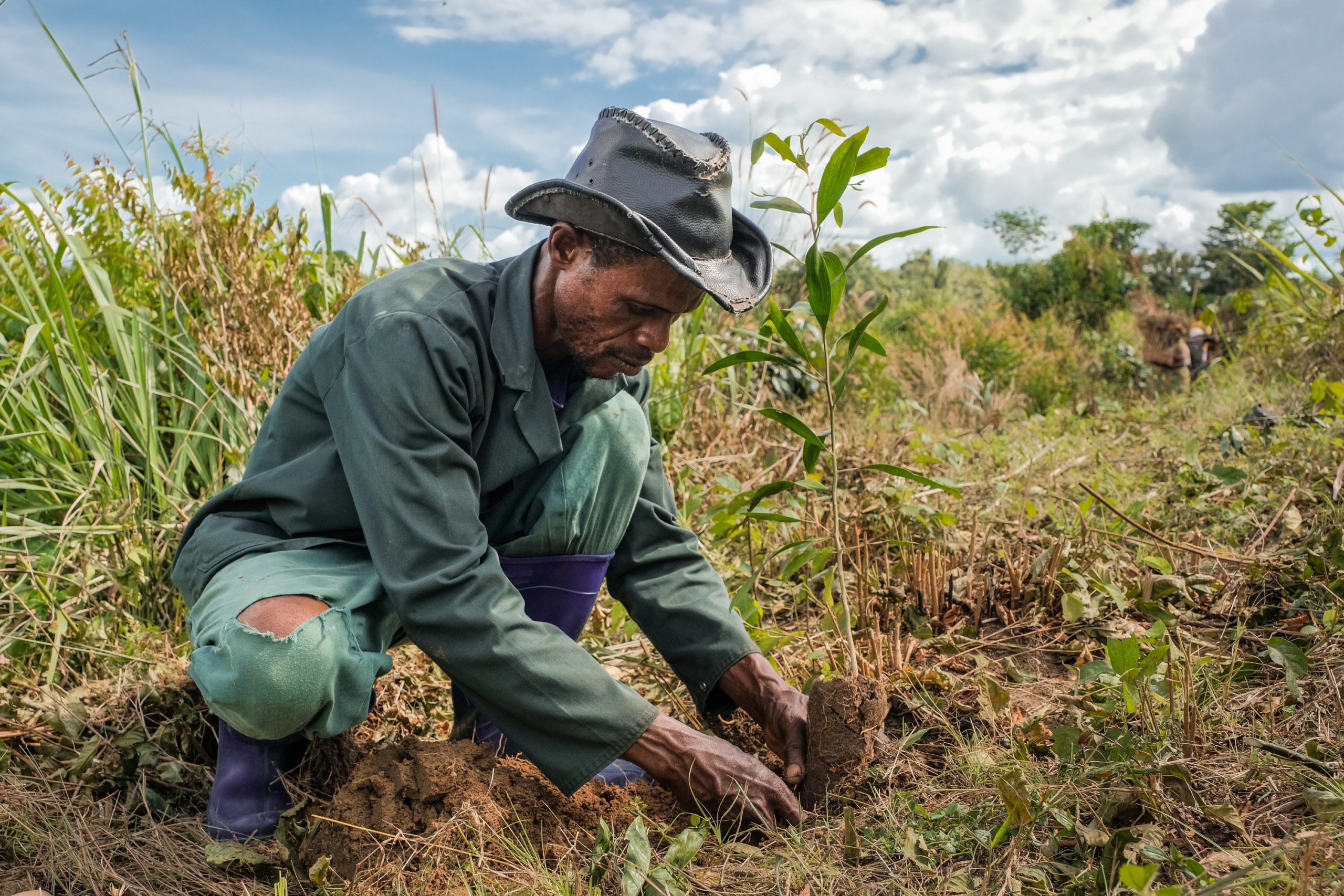
Production-protection incentives/payment for environmental services. Companies can directly pay farmers who protect and restore forests (see “Support landscape restoration in line with L/JI objectives”)They can also ensure suppliers gain access to government, multilateral, and carbon market funds that provide payment for environmental services (see “Help develop jurisdictional scale offset programs for deforestation”). As with supply contract incentives, suppliers and communities should be rewarded for progress on protection and restoration both for which they are directly responsible and at the level of the landscape/jurisdiction.
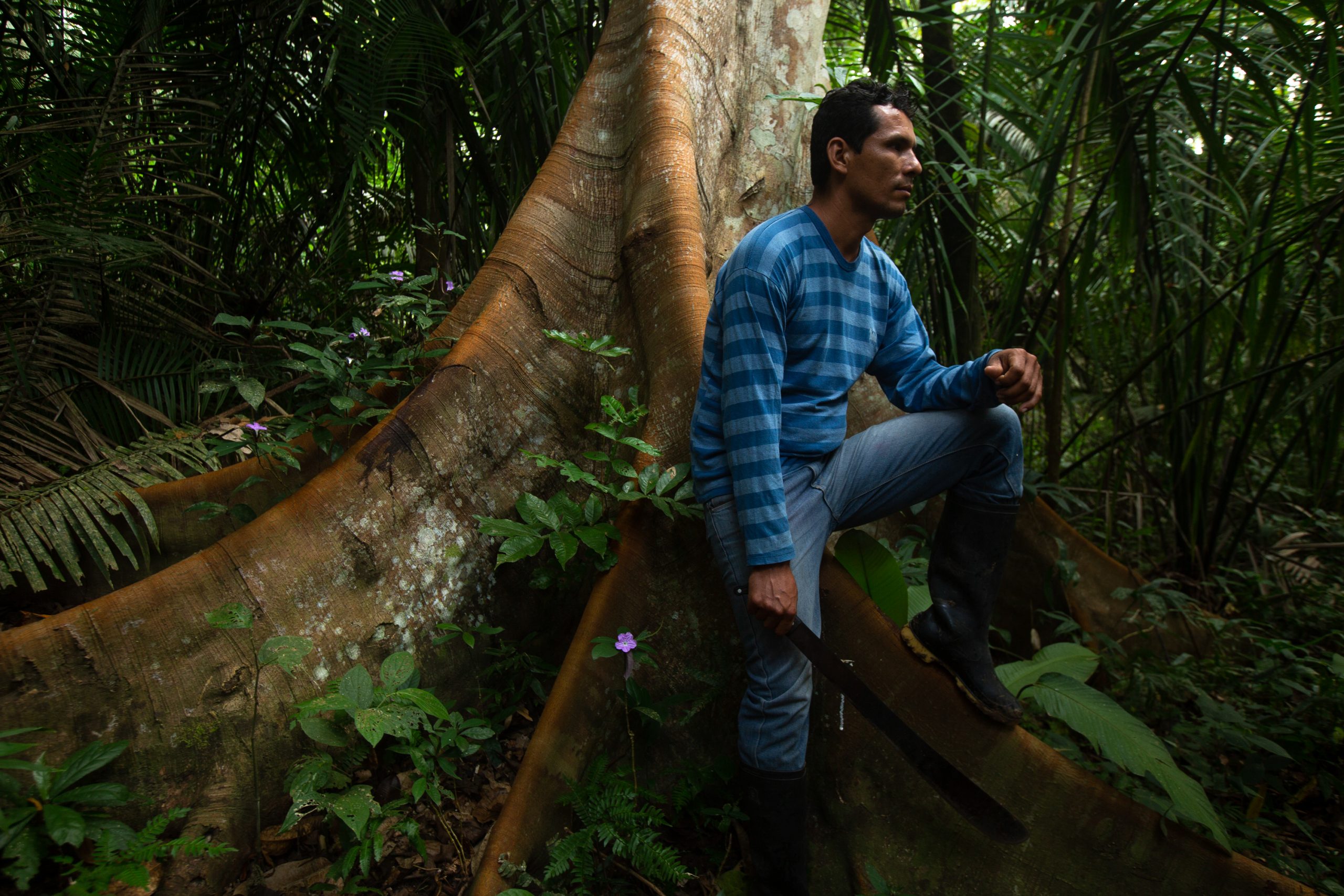
Recognition and public visibility. Downstream companies with significant public visibility (brands, retailers) can motivate upstream participants in their supply chains to participate in L/JIs by giving them public recognition as partners in sustainable sourcing. By recognizing upstream supply partners, downstream companies also add credibility to their own sustainable sourcing commitments.
Upstream companies can work directly with suppliers in the context of an L/JI. Downstream companies can use preferred sourcing and other incentives that send market signals through the supply chain.
External conditions that improve likelihood of success
- A prerequisite for effective engagement is an in-depth understanding of supplier interests, options, and constraints in relation to L/JIs. Downstream companies need to understand linkages among supply chain partners to identify the best engagement strategies across the chain.
- Good relationships and open lines of communication with supply chain partners can help companies engage suppliers in L/JIs.
- Well-coordinated company teams that link procurement, contracting, sustainability, and communications in order to develop and implement effective supplier engagement strategies.
The business case for this intervention
- Companies can only advance L/JIs as a strategy to meet their own deforestation/conversion-free commitments if suppliers willingly and effectively participate.
- Companies with strong leverage over suppliers can achieve significant results with limited investment; others can promote and coordinate participation in the L/JI in ways that enhance leverage and incentives.
- Sharing recognition with suppliers benefits both supplier and purchaser, and strengthens companies’ credibility as they publicize their sustainable sourcing commitments.
Duration of engagment
Short (3-12 months to establish preferential sourcing, then ongoing)
Cost
$$-$$$ depending on whether the company chooses to adopt existing standards and criteria and work with existing L/JIs, and whether its own purchasing systems can easily adapt to implement preferential sourcing
In the real world
Curating change through a qualifying list
At the 2015 UNFCCC Conference of the Parties, the then co-chairs of the Consumer Goods Forum Unilever and Marks & Spencer announced that each company would prioritize sourcing commodities from areas that have designed and are implementing jurisdictional forest and climate initiatives. Since then, they have worked closely with other companies, NGOs, and individual experts on how best to do so. The group’s resulting Commodities/Jurisdiction Approach (CJA) defines a set of criteria for evaluating jurisdictions’ forest and climate progress, and curates a list of jurisdictions that quality. Companies can use this list to inform their procurement decisions with a preferential bias toward qualifying jurisdictions as a complement to their supplier-specific sourcing criteria. The CJA enables companies sourcing different commodities from multiple geographies to adopt a harmonized approach to drive increasingly sustainable outcomes.
Keeping an eye on ethical commitments
The Accountability Framework Initiative (AFi) is a collaboration of global and regional environmental and social NGOs. It provides guidance to companies on how to establish, implement, and monitor ethical supply chain commitments. AFi has produced brief guidance on preferential sourcing from L/JIs, and how the incentives and rewards from doing so can drive measurable progress. Yet it also cautions against completely disinvesting from problematic jurisdictions. Rather, companies should keep sourcing from sustainable suppliers within those jurisdictions, while closely engaging with government, suppliers, NGOs, and communities to bolster sustainable production and forest protection in the jurisdictions overall.
Key points for companies
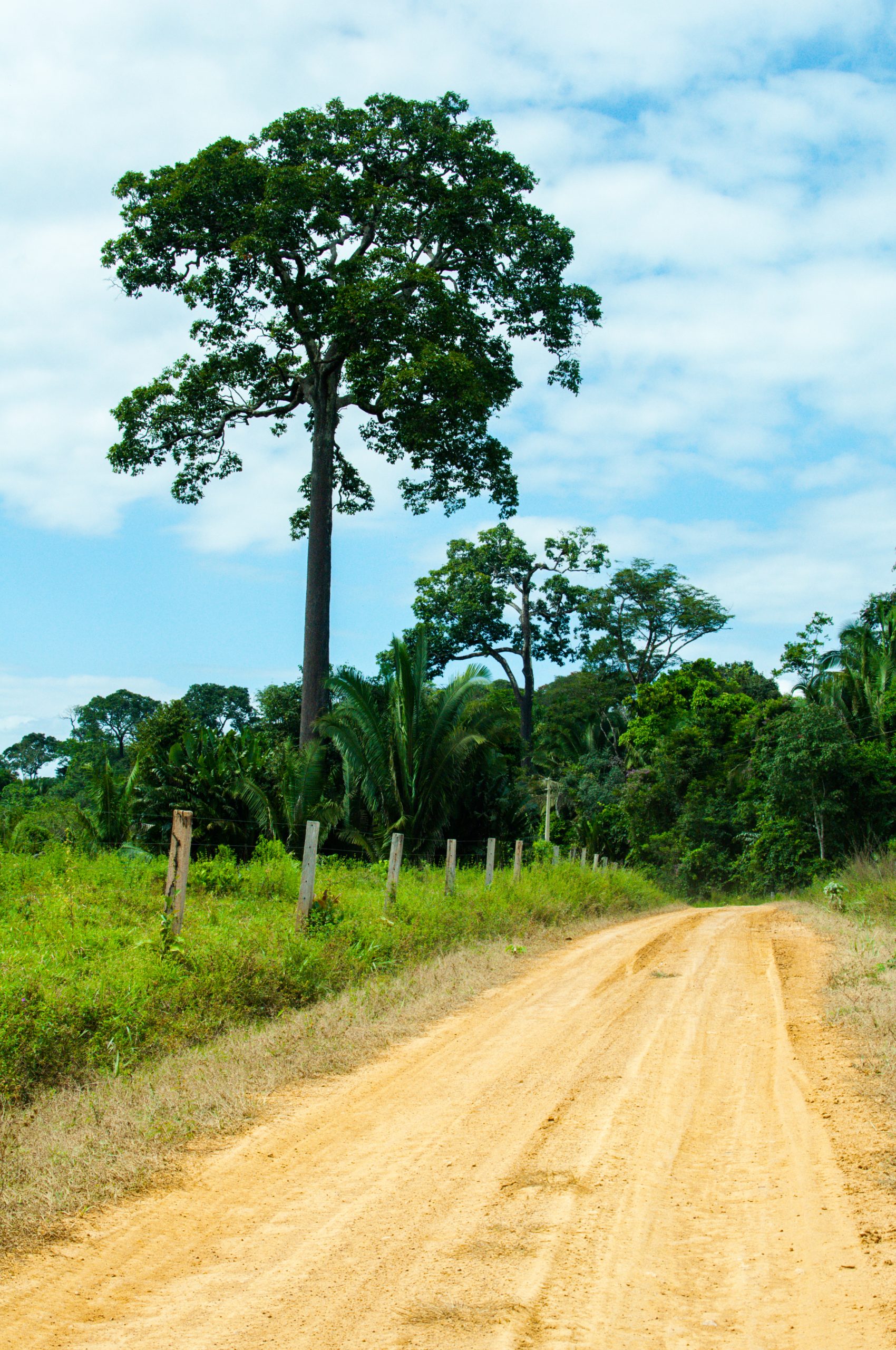
Adoption: Adopt clear and consistent criteria for preferential sourcing at the landscape/jurisdictional level. These criteria will define levels and types of preference in sourcing, and the conditions under which the company will reduce or discontinue sourcing from suppliers in a given landscape/jurisdiction.
- Criteria for measuring the quality of L/JIs should address their social, environmental, and economic goals; strategic plans; role of governance and policy; and M&E system. The Commodities/Jurisdiction Approach is one tool that provides predetermined criteria for assessing L/JIs.
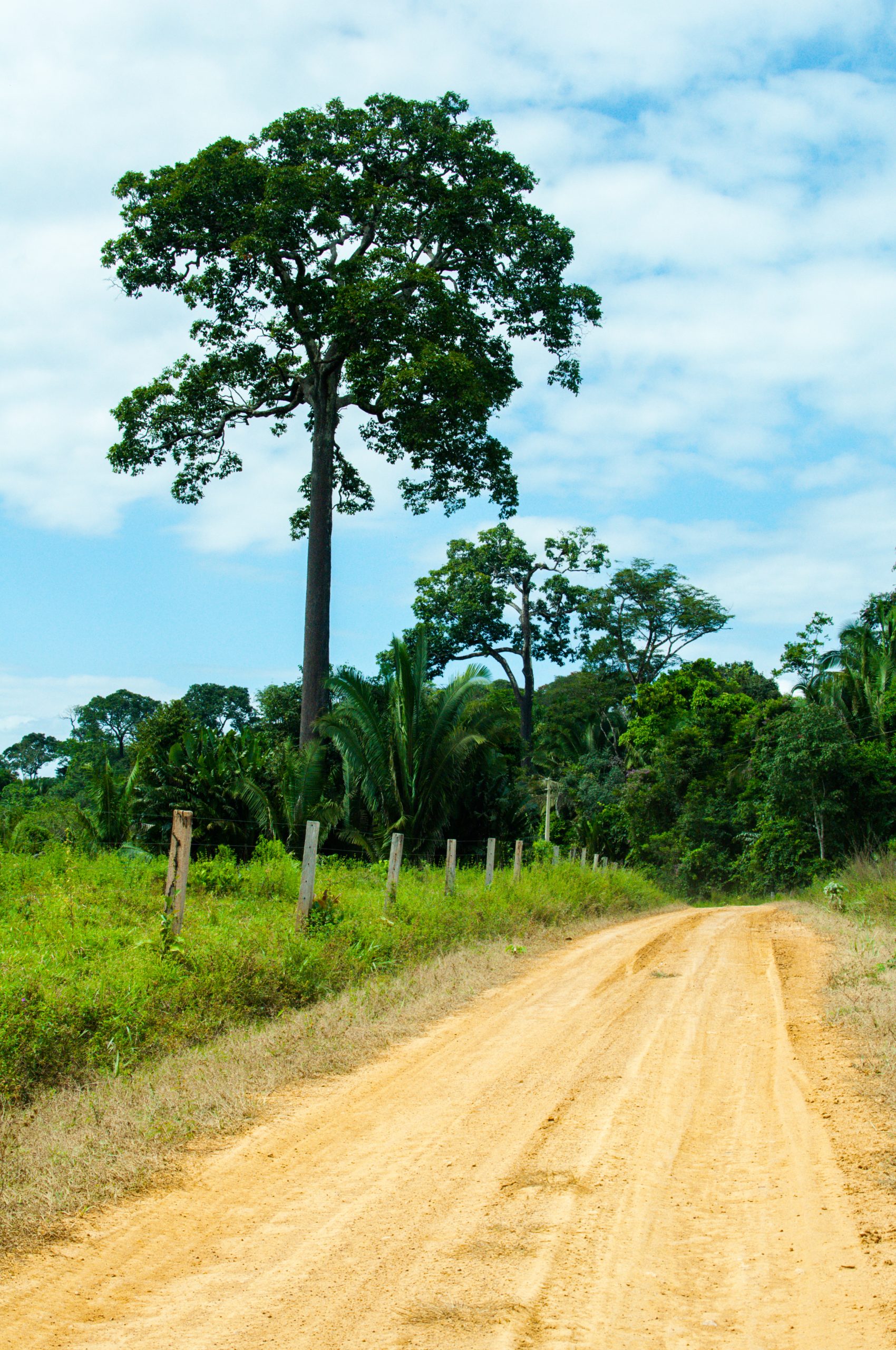
Implementation: Seek new suppliers within landscapes/jurisdictions that meet selected criteria and/or expand sourcing from existing suppliers in these regions. For early stage L/JIs, companies may still need to assess and verify whether individual suppliers comply with social and envi-ronmental targets. As more advanced L/JIs can demonstrate a high level of effectiveness in stopping deforestation and exploitation, companies may be able to rely on monitoring done at landscape/jurisdictional scale to ensure suppliers meet their sourcing criteria. Companies should publicly specify their use of landscape/jurisdictional preferencing, criteria, and preferred sourcing regions. This sends a clear market signal that progress at that level of the landscape/jurisdiction strongly informs sourcing decisions.
- Link decisions to decrease purchases from jurisdictions struggling to meet sustainability criteria with ongoing dialogue and engagement with other purchasers, and with the government, suppliers, and other stakeholders in the region. This incentivizes improvement, rather than just letting these jurisdictions default to supplying purchasers with lower standards.

Growing support: Engage directly with L/JIs to help them achieve and maintain their qualifications for preferential sourcing. Brands and retailers with purchasing power can profoundly influence suppliers and governments within a landscape/jurisdiction and should coordinate on preferential sourcing approaches through industry platforms such as the Consumer Goods Forum. The combined influence of several major downstream purchasers can have far greater influence than when purchasers act alone.
External conditions that improve likelihood of success
- Stakeholders have access to existing standards and approaches to preferential sourcing from successful L/JIs
- Forums exist for companies to speak to and coordinate with other purchasers of the same commodity, both globally and at the level of individual jurisdictions
- On its own or by working with other purchasers, a company exercises significant leverage over suppliers in priority jurisdictions
- The company can shift a significant proportion of its sourcing to send clear market signals to both preferred and non-preferred jurisdictions in the supply chain
The business case for this intervention
- By adapting a landscape/jurisdiction-level set of preferences, a company can simplify supplier selection and sustainability verification.
- By coordinating preferential sourcing with other purchasers, a company can significantly increase its leverage on landscape/jurisdictional actors and accelerate progress toward sustainable production and forest protection.
- Over time, the spread of preferential sourcing at the landscape/jurisdiction-level can expand the number and diversity of qualified suppliers, with potential financial and sustainability benefits to purchasers.
Duration of engagment
Short (3-6 months)
Cost
($)
Preparing new supplier contracts or corporate policies
($$)
Possible increased cost of supply die to new contract terms
In the real world
Rewarding growers who graduate into green production
Unilever is engaged in several jurisdictional initiatives that seek to achieve jurisdiction-wide Roundtable on Sustainable Palm Oil (RSPO) certification.
Beyond upfront support to help smallholders in these jurisdictions qualify for certification (see “Support farmer training”), Unilever company leverages its procurement power – purchasing the certified palm oil that they produce – to incentivize smallholders to become certified.
In 2019, the company purchased 40,000 tons of certified palm oil and palm kernel oil from 30 Independent Smallholder Farmer Groups that represent more than 6,900 independent smallholders across Indonesia, Malaysia, and Thailand.
Key points for companies
Companies already participating in L/JIs should align procurement policies and supplier contracts with the initiative’s objectives. Those not yet engaged should focus on L/JIs in one or more landscapes/jurisdictions where the company buys a lot of product.
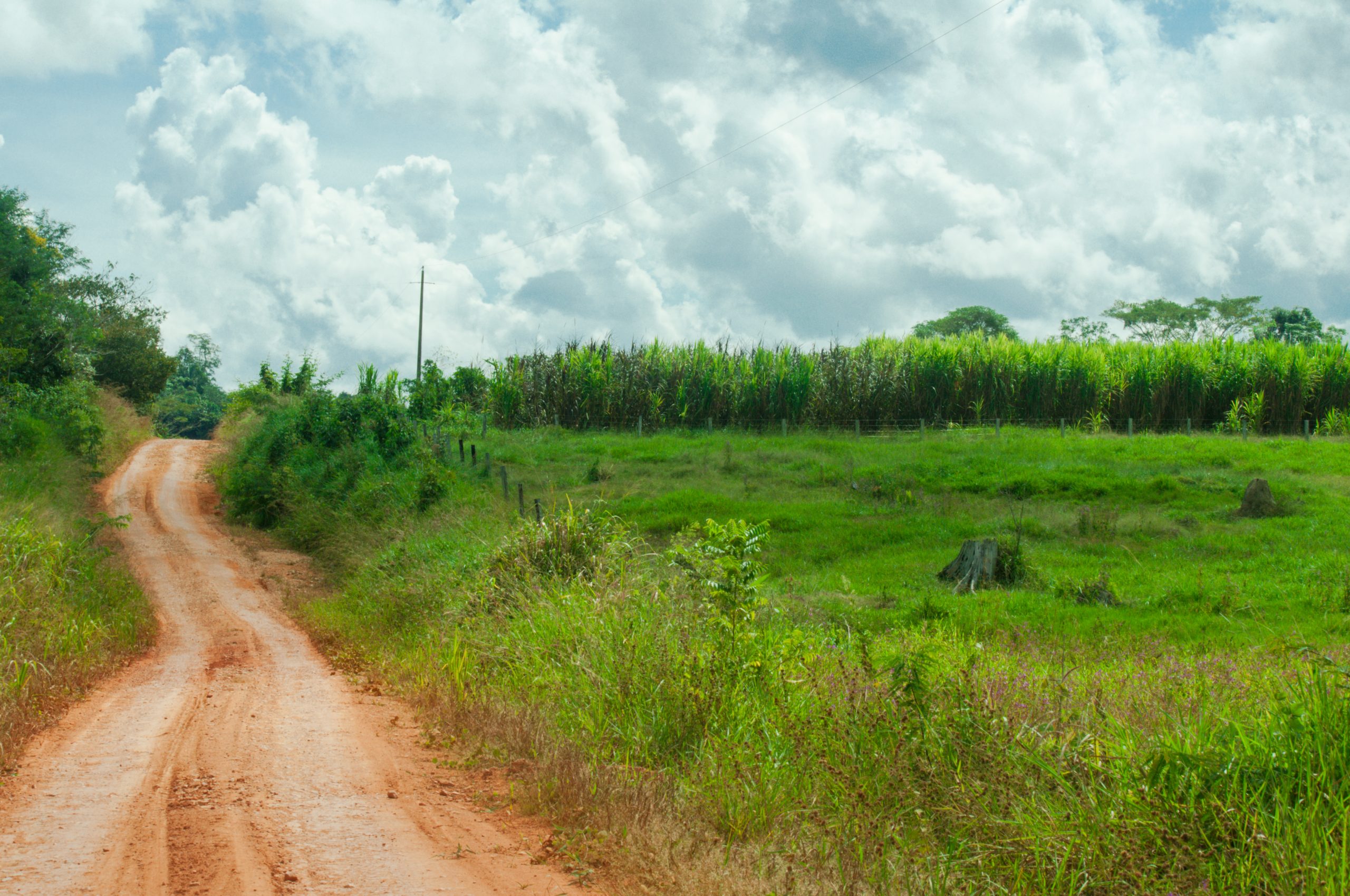
Review the L/JI’s goals and targets. These vary by landscape/jurisdiction, but often include economic, environmental, and social components.
- In Mato Grosso, Brazil the “Produce, Conserve, Include” initiative has formulated a set of targets that nest within the three categories represented in the initiative’s name. ‘Produce’ targets include ambitions for grain, livestock, and timber yields and for land area under cultivation. ‘Conserve’ targets include land area covered with native vegetation, percentages in the Amazon and Cerrado biomes being converted, and the area of degraded land being restored. ‘Include’ targets include percentages of families receiving technical assistance and rural extension, proportion of smallholders with market access, and amount of credit available to family farms.
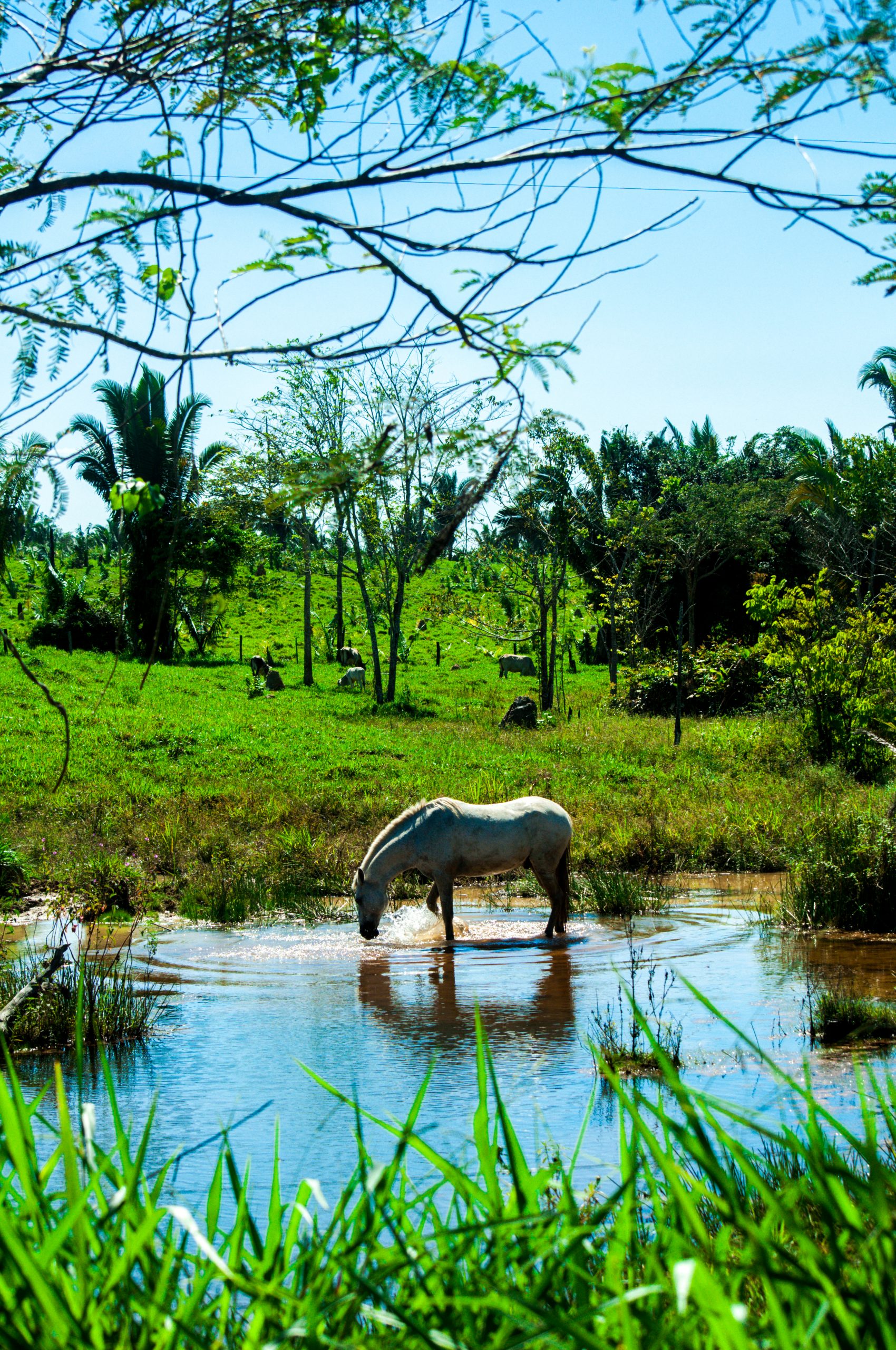
Translate the L/JI’s targets into a demand signal for suppliers. This can be accomplished in a few ways:
- Incorporate landscape/jurisdictional targets into the terms of supplier contracts to ensure that supply is produced in accordance with the targets. For example:
- One of Mato Grosso’s targets is that 90% of rural properties be registered in the environmental rural registry. To support this target, a company could write supplier contracts to require that supply originate only from registered farms.
- Mato Grosso is one of many L/JIs that include a target to reduce deforestation or conversion of other ecosystems. Companies can drive this target by aligning their own deforestation/conversion-free sourcing policies with Accountability Framework guidance, and linking the demand they make of suppliers for commodities produced without deforestation or conversion with the L/JI’s targets.
- Create positive incentives for suppliers by offering long-term contracts, price premiums, and/or additional payments for environmental services to suppliers who demonstrate they are meeting the L/JI’s goals by producing sustainably, restoring, and/or conserving forest areas.
- Incorporate jurisdictional targets into corporate policies to guide the company’s decisions within the landscape/jurisdiction. In Mato Grosso, for example, one target is to reduce conversion of the Cerrado biome by 95% below historical levels. A company could support this target by a principle ensuring its commodity sourcing does not originate from recently converted land in the Cerrado. That policy could then guide how supplier contracts are drafted, where investments are directed, and advocacy priorities with the government.
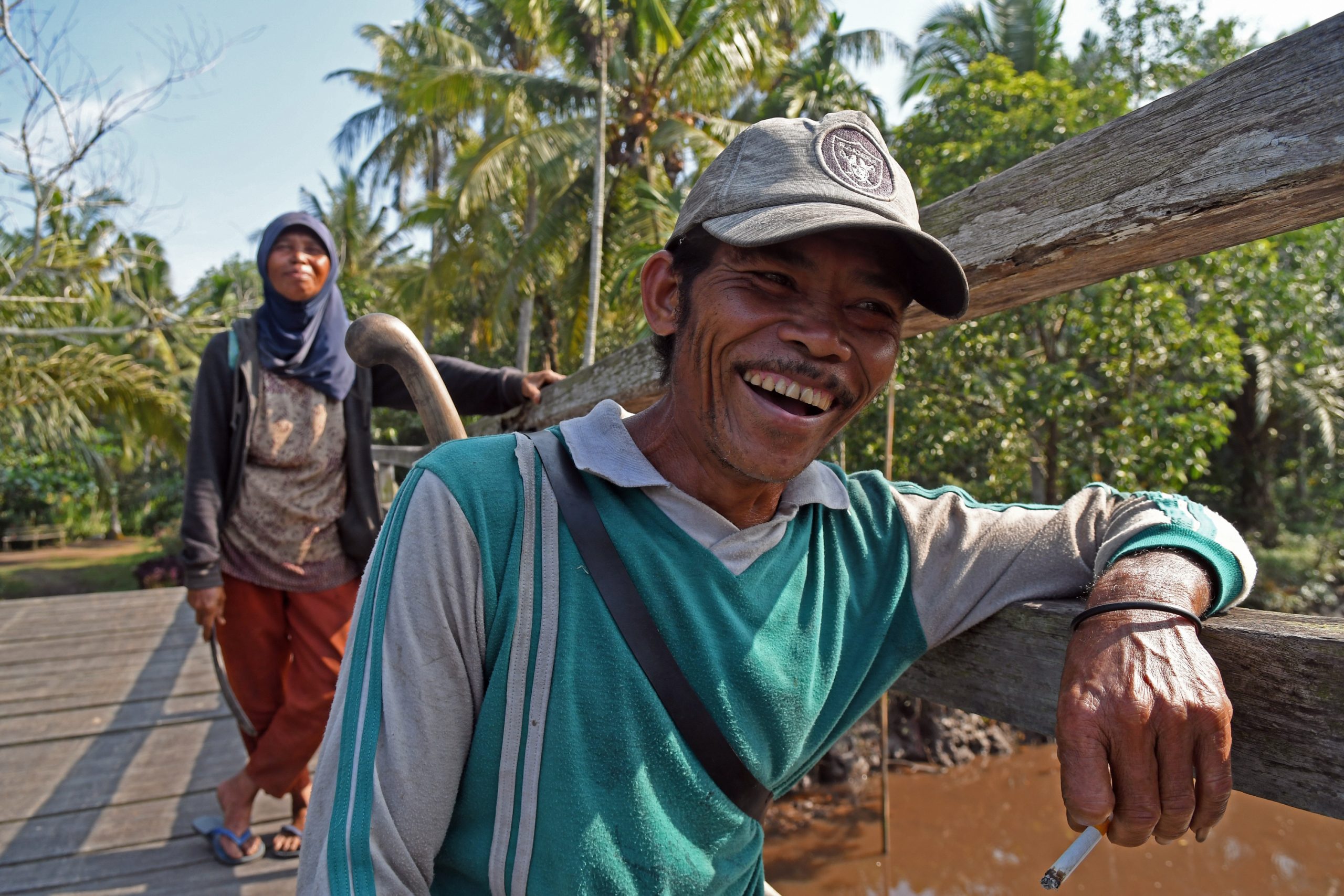
Ask suppliers what incentives they need to achieve landscape/jurisdictional objectives. Such outreach better ensures the desired outcomes and also creates a sense of shared commitment and ownership.

An L/JI’s targets may lack enough detail to easily or immediately incorporate them into company policies or contracts. In such cases, reach out to the government or entity leading the L/JI to clarify the target that the company should support.
External conditions that improve likelihood of success
- Well-articulated jurisdictional targets/objectives
- Good relationships with suppliers in the jurisdiction
- Contracting methods that ensure agreements can be well specified, verified, and enforced by purchaser and supplier
- Effective legal, arbitration, or alternative dispute resolution bodies that allow parties to address conflicts and disagreements
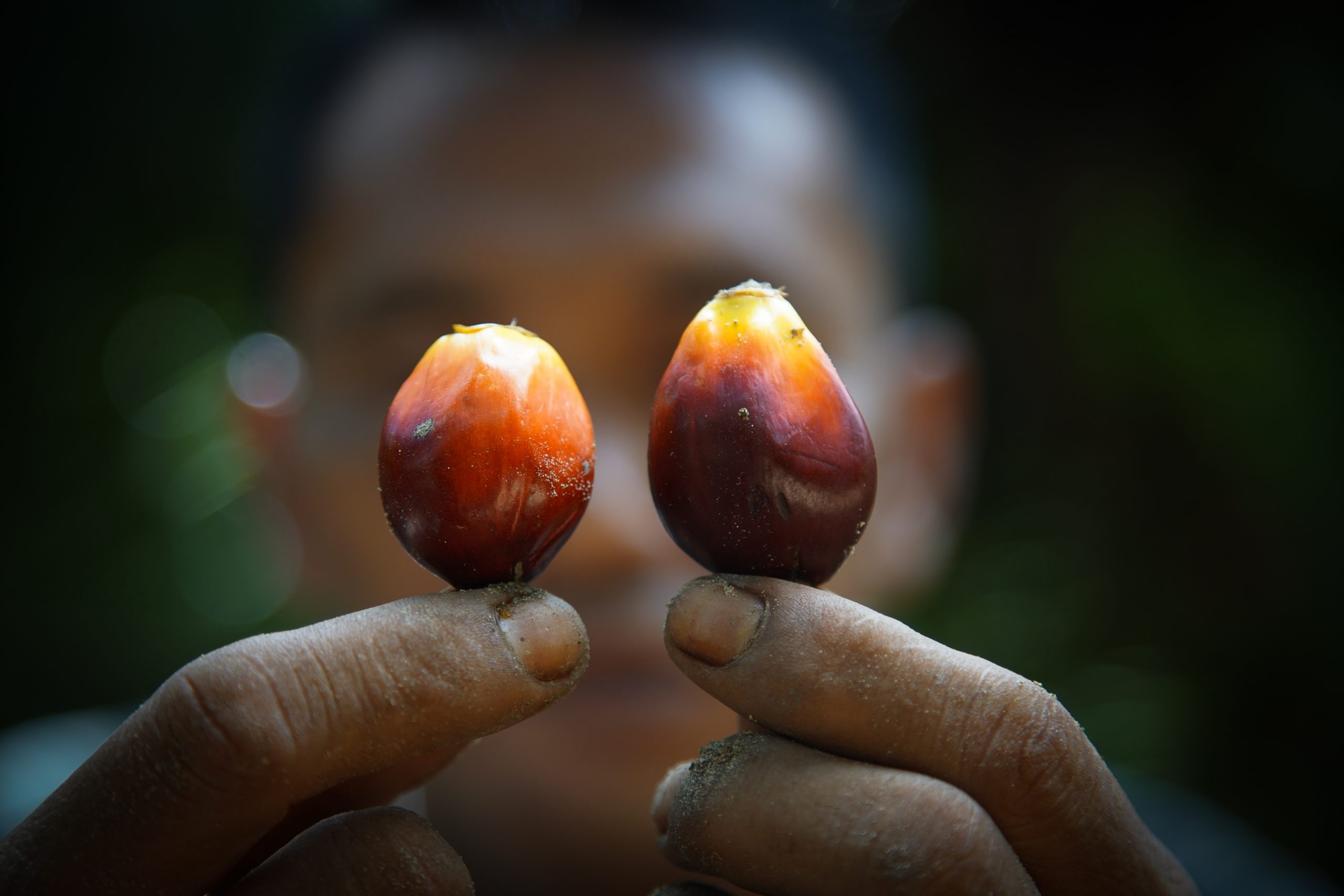
The business case for this intervention
- Referring to L/JI targets when making requests of suppliers can help justify what might otherwise be perceived as burdensome requirements.
- Contracting fairly with suppliers to achieve an L/JI’s objectives strengthens suppliers’ understanding and commitment to mutually desired outcomes.
- Aligning L/JI targets with a company’s policies is a low-cost way to signal long-term support for the sustainability objectives of a landscape/jurisdiction it values.
- This alignment can also help ground and focus further actions the company might take to advance the targets.
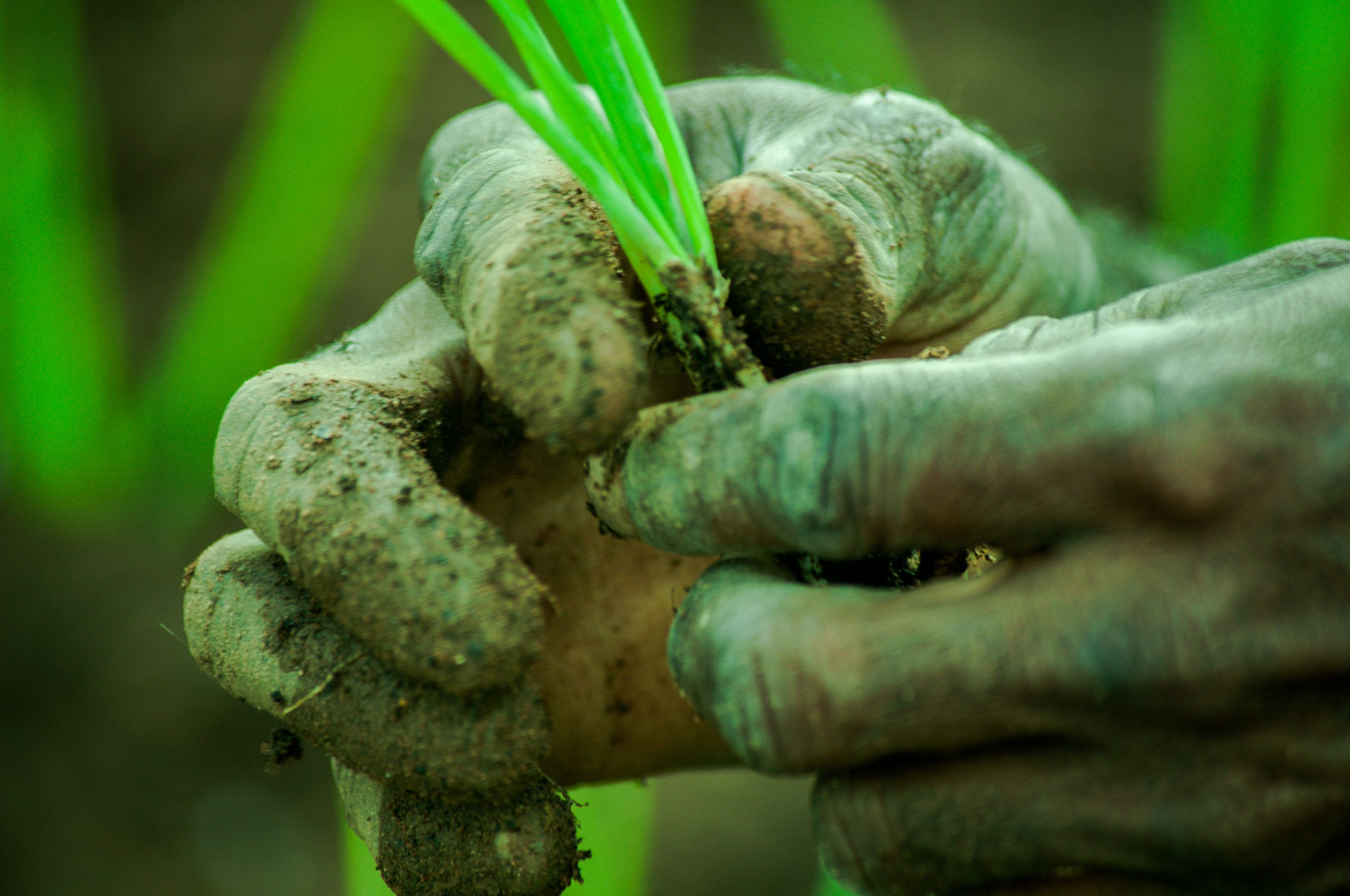
Duration of engagment
Short (6-12 months to establish, depending on availability of data)
Cost
($)
Staff time for ongoing data collection and monitoring
($-$$)
Cost to establish/strengthen landscape/jurisdictional partnerships for traceability and certification
($$)
Cost to create baseline data for traceability and certification
($$-$$$)
Cost of technical assistance to set up traceability and certification systems
In the real world
Expanding certification through Centers of Excellence
In Indonesia, companies are working with member districts of the Sustainable Districts Association (LTKL)to create jurisdiction-level commodity certification. Participating companies include Musim Mas, PepsiCo, Mondēlez, Kirana Megatama, and Cargill; work is taking place in Musi Banyuasin, Aceh Tamiang, and Siak districts. The parties are creating district-level Centers of Agricultural Excellence to effectively monitor and report each district’s progress on achieving sustainable commodity production based on credible data. The Centers also seek to expand RSPO certification and participation in schemes – such as the Verified Sourcing Area system – that expand market access for sustainable commodities. To back such efforts the RSPO is adapting its standard to enable extension of the certification approach to the level of a jurisdiction.
Key points for companies

Work together to set up jointly funded, independently operated, open source tracing systems for commodities produced within a landscape/jurisdiction. Under such a system:
- Land use maps and a traceability system are developed through, agreed to, and regularly updated by L/JI stakeholders.
- An independent third party gathers stakeholders’ information, including satellite imagery, locations from which companies make purchases, and the movements of commodities from farmgate to their exit from the jurisdiction.
- The company integrates this local system with its own tracking efforts from the landscape/jurisdiction further downstream.
- All stakeholders regularly update data to maintain the integrity of their joint traceability system.

If there is interest in expanding from joint traceability to a full certification system for the landscape/jurisdiction, collaborate with the government and third-party independent certifiers to create one. Key elements of this approach:
- A clear linkage of the certification effort to an L/JI ensures all partners in the initiative support certification as a contribution toward meeting the initiative’s goals.
- Established and credible standards, and direct engagement with international certifying bodies, enable the landscape/jurisdiction to develop its certification system.
- Certification bodies have capacity to educate producers and other supply chain partners on the value and the process for achieving certification at the landscape/jurisdictional level.
- Demonstrated value-add of certification for producers and other supply chain partners motivates and sustains their participation.
External conditions that improve likelihood of success
- For traceability systems:
- An independent third party with technical capacity to develop a tracing system.
- Appropriate training and technology for all actors who need to contribute data to the system and use data produced by the system
- Capacity to gather data (particularly those which are often only available to the government) and to develop digitized maps
- For landscape/jurisdiction-level certification systems:
- Availability of credible international commodity certification standards and bodies for the commodities produced in the landscape/jurisdiction, to serve as a reference point and source of technical guidance.
- A public, non-profit, private, or multi-stakeholder entity based in the landscape/jurisdiction that is willing and able to develop and operate a certification system.
- Significant potential benefits for producers and supply chain partners from participating in certification at the landscape/jurisdictional level.

The business case for this intervention
- Access to landscape/jurisdiction-level traceability and/or certification systems increases the effectiveness of company investments in an L/JI and can reduce company costs for tracing and certifying commodities produced in the region.
- Joint tracing/certification levels the playing field and makes it harder for laggards to free ride on the sustainable sourcing efforts of leading companies.
- Better information from tracing can identify areas where commodities are not being produced sustainably, and certification can identify trouble spots within the landscape/jurisdiction, making it easier for L/JI partners to target resources and strategies.
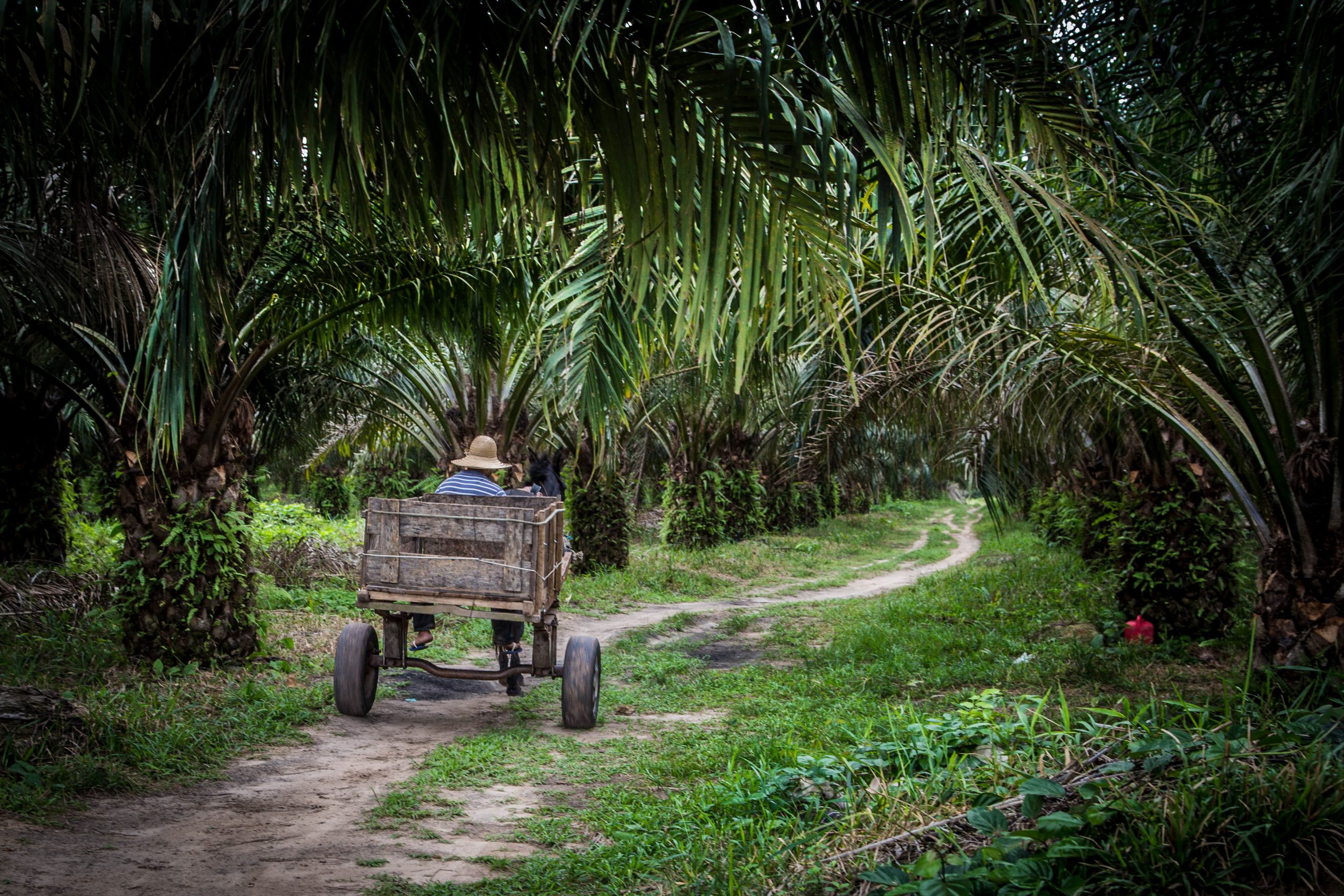
Duration of engagment
Short-Medium (3-6 months to expand sustainability reporting; 3 years to set up a jurisdictional monitoring system)
Cost
Expansion of sustainability reporting to include landscape/jurisdictional progress (no cost if an external resource is available that tracks this progress; $$$ if a monitoring system needs to be created for the landscape/jurisdiction)
($$$)
Obtaining third-party verification of reported impacts if not built into the landscape/jurisdiction-level monitoring system
In the real world
1. Forging linkages for landscape-level accountability
Companies often commit to sustainability goals that transcend what they can achieve alone, and report regularly on the steps they are taking to advance those goals. For example, the Global Reporting Initiative, within its Biodiversity Standard, requires companies to report on “whether partnerships exist with third parties to protect or restore habitat areas distinct from where the organization has overseen and implemented restoration or protection measures.” Numerous companies involved in L/JIs report on their contributions to those initiatives. Each effort fits like a piece in a puzzle, part of the whole. However, there is not yet a clearly established practice of companies explicitly committing themselves to the joint achievement of L/JI outcomes and then reporting on the initiative’s overall results as a part of their corporate reporting.
2. Tracking progress in a larger context
In an L/JI in the Kakum area of Ghana’s Central Region, Lindt’s Cocoa Foundation partnered with the Nature Conservation Research Center to develop a system for monitoring and evaluation (M&E). The M&E system will let all of the L/JI stakeholders track their progress toward meeting the initiative’s goals and enable companies to measure their contributions in a larger context. The M&E system is being designed to track socioeconomic and ecological sustainability, and how the Kakum initiative shapes local views about livelihoods and wellbeing, Climate-Smart Cocoa practices, and landscape governance and management. This effort pilots the LandScale system to track progress at landscape scales.
Key points for companies
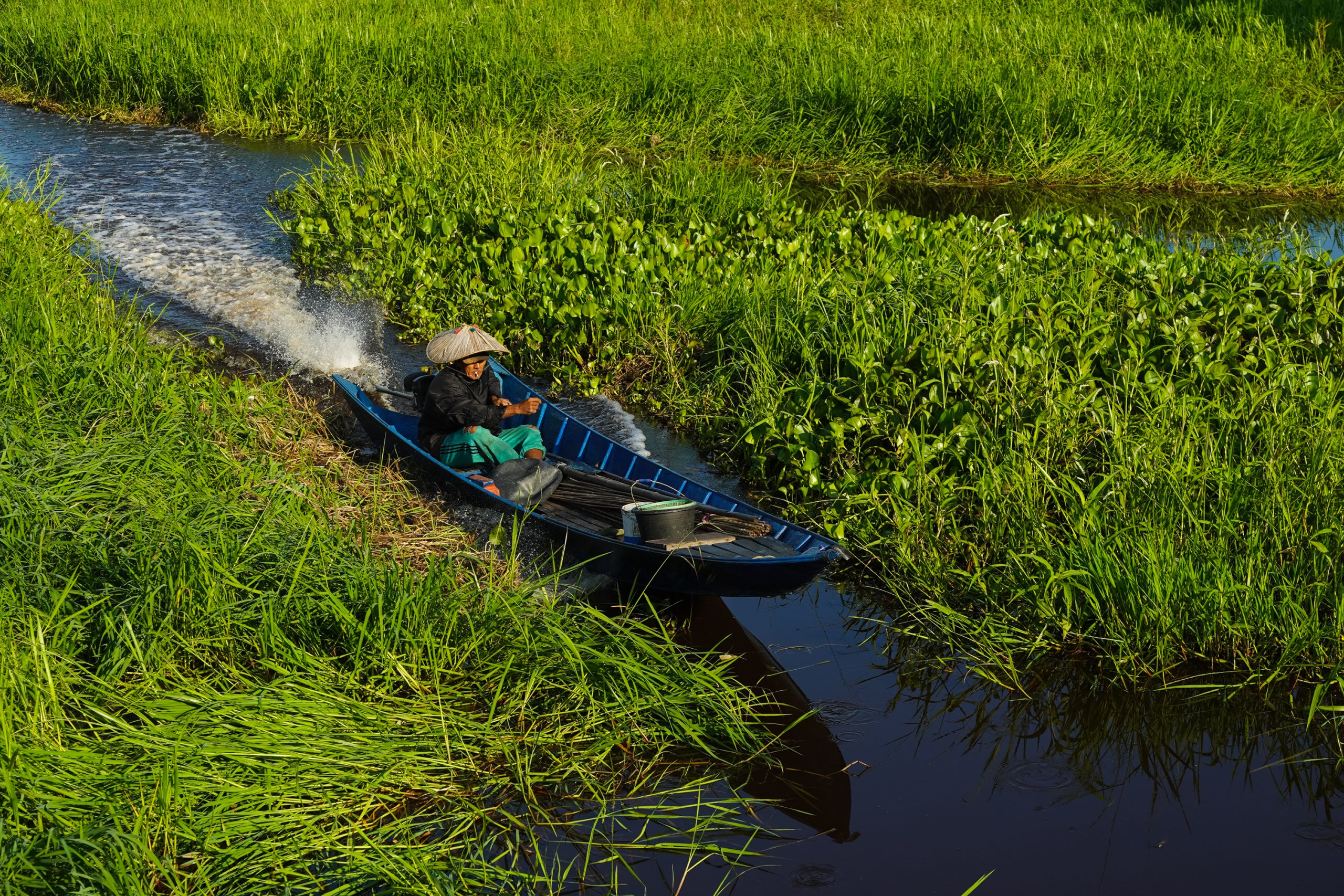
Based on its supply chain priorities or where it wields greatest market influence, a company should choose landscapes/jurisdictions in which to take on co-responsibility for sustainability progress alongside other stakeholders. This selection should reflect the strength of the company’s commitment to the achievement of specific results at the landscape/jurisdictional level, and the company’s ability to contribute to those results.
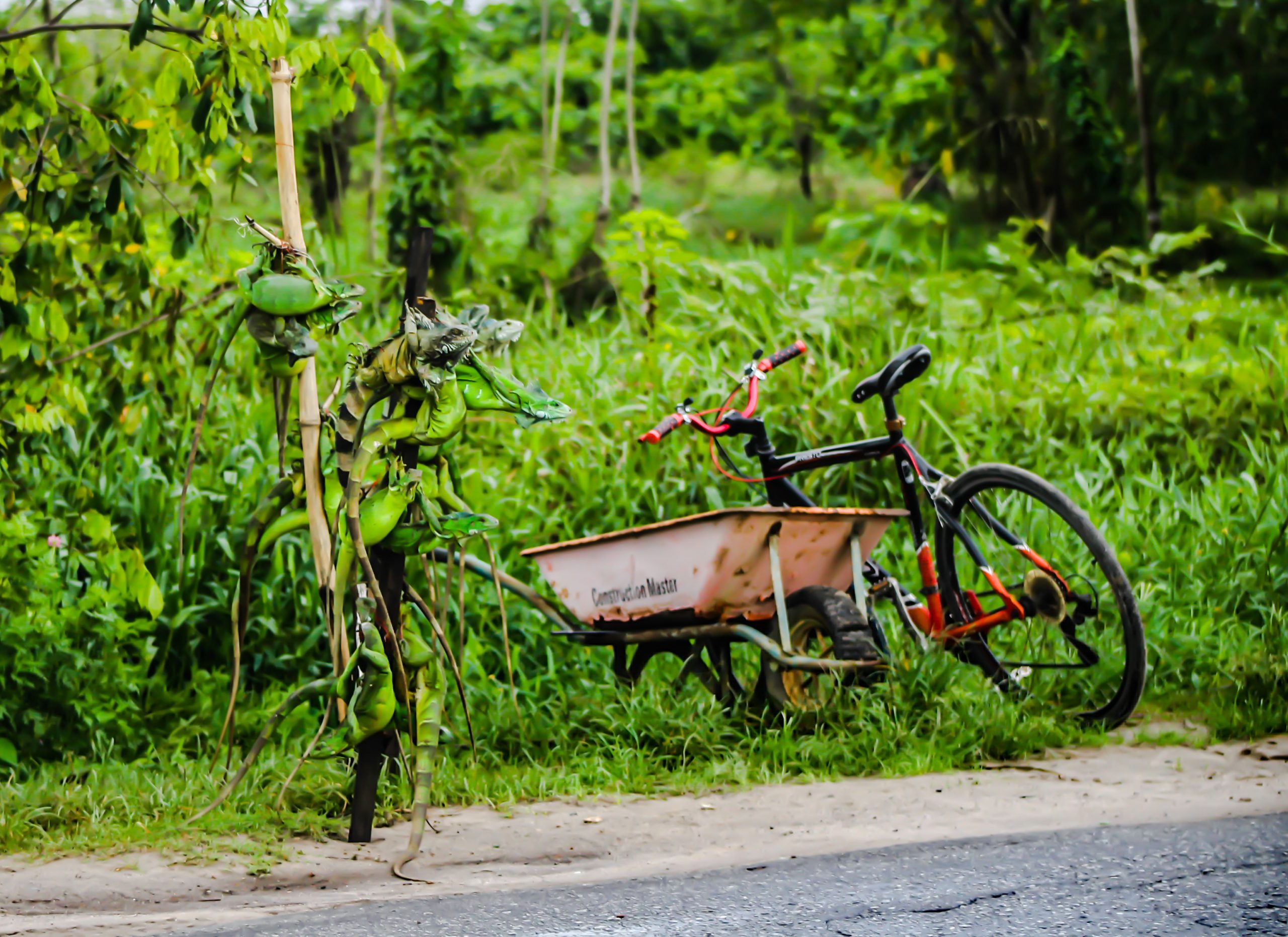
Incorporate some or all of the L/JI’s sustainability targets within the company’s and ensure internal buy-in to be co-accountable for meeting them. A company may commit itself to those targets where it can make the greatest contribution, even while recognizing that the outcome largely depends on stakeholders and forces beyond the company’s control.

Announce the company’s intention to be co-responsible for progress on sustainability, jointly publicized through the L/JI’s external outreach, corporate communications, and any national and global platforms in which it participates. Leverage high-profile gatherings focused on forest and climate issues (e.g. UN Climate Week, the UNFCCC COP, the TFA annual meeting) to amplify a company’s message about claiming a degree of responsibility for an L/JI’s progress.
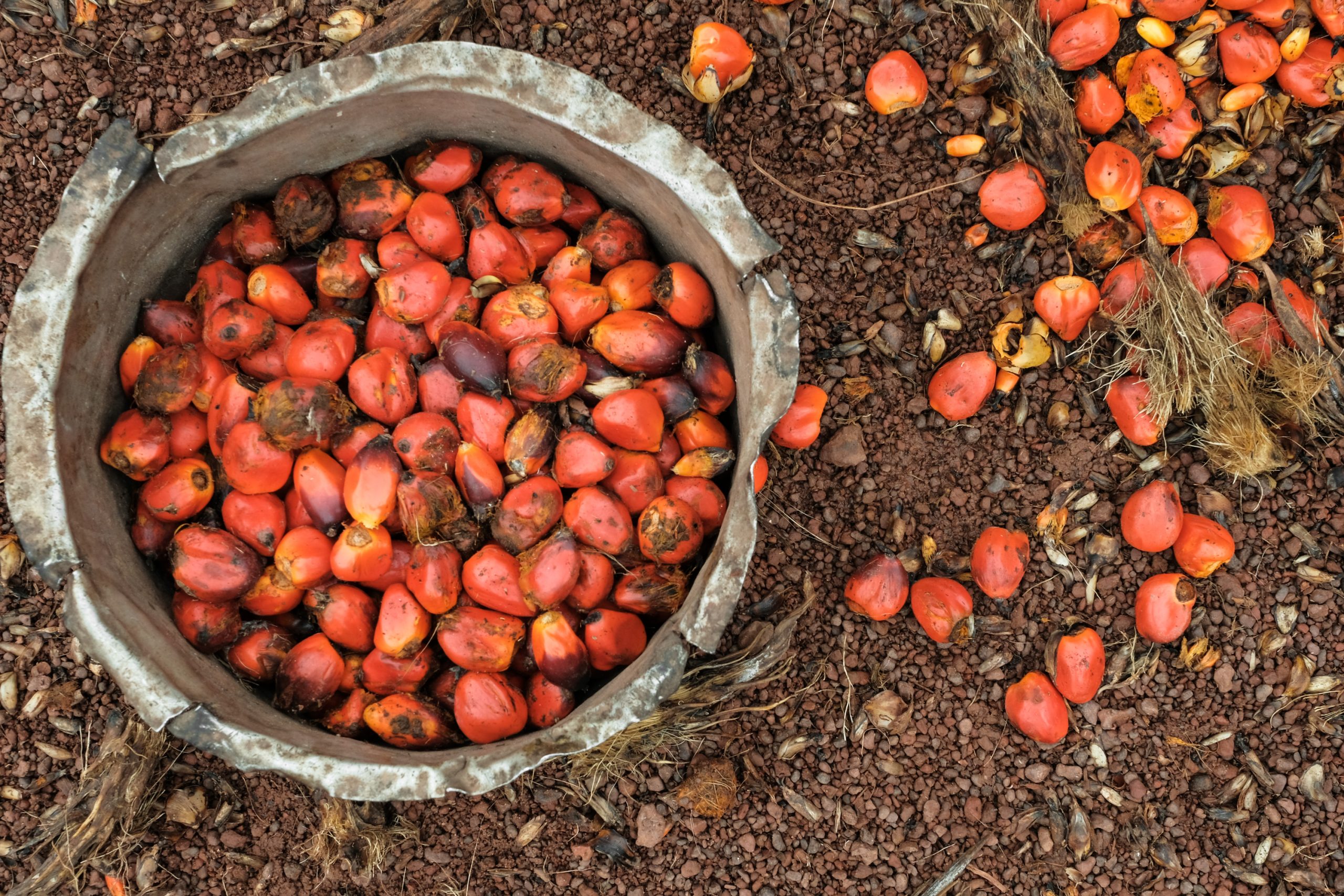
Ensure a local M&E system is in place to assess progress at the landscape/jurisdictional level. LandScale and Verified Sourcing Areas are systems being developed to measure landscape progress in standardized ways, and track actors’ contributions toward this progress.
- Lacking a credible and effective monitoring system, work with other stakeholders to design and build one that is transparent, impartial (assured via third party verification), generates relevant and high quality data, and tracks performance regularly over time. To that end, ISEAL Alliance and WWF have developed guidance on creating credible monitoring systems for L/JIs.

Integrate reporting on the L/JI’s progress into the company’s own sustainability reporting, using specific, measurable, achievable, relevant, and timebound (SMART) indicators that capture what results the company has set out to achieve.
Incorporate some or all of the L/JI’s sustainability targets within the company’s and ensure internal buy-in to be co-accountable for meeting them.
External conditions that improve likelihood of success
- No external conditions are required for this intervention to be a useful contribution to advancing sustainability at a landscape/jurisdictional level. Some companies may choose to share responsibility for an L/JI’s progress only when a multi-stakeholder body is driving implementation of already-defined targets. Others may want to commit to co-responsibility regardless, to signal the company’s long-term intent to invest in improving the region’s sustainability performance.
- Availability of dedicated staff and resources within the company and the L/JI to monitor and report on progress and use these as a management tool.
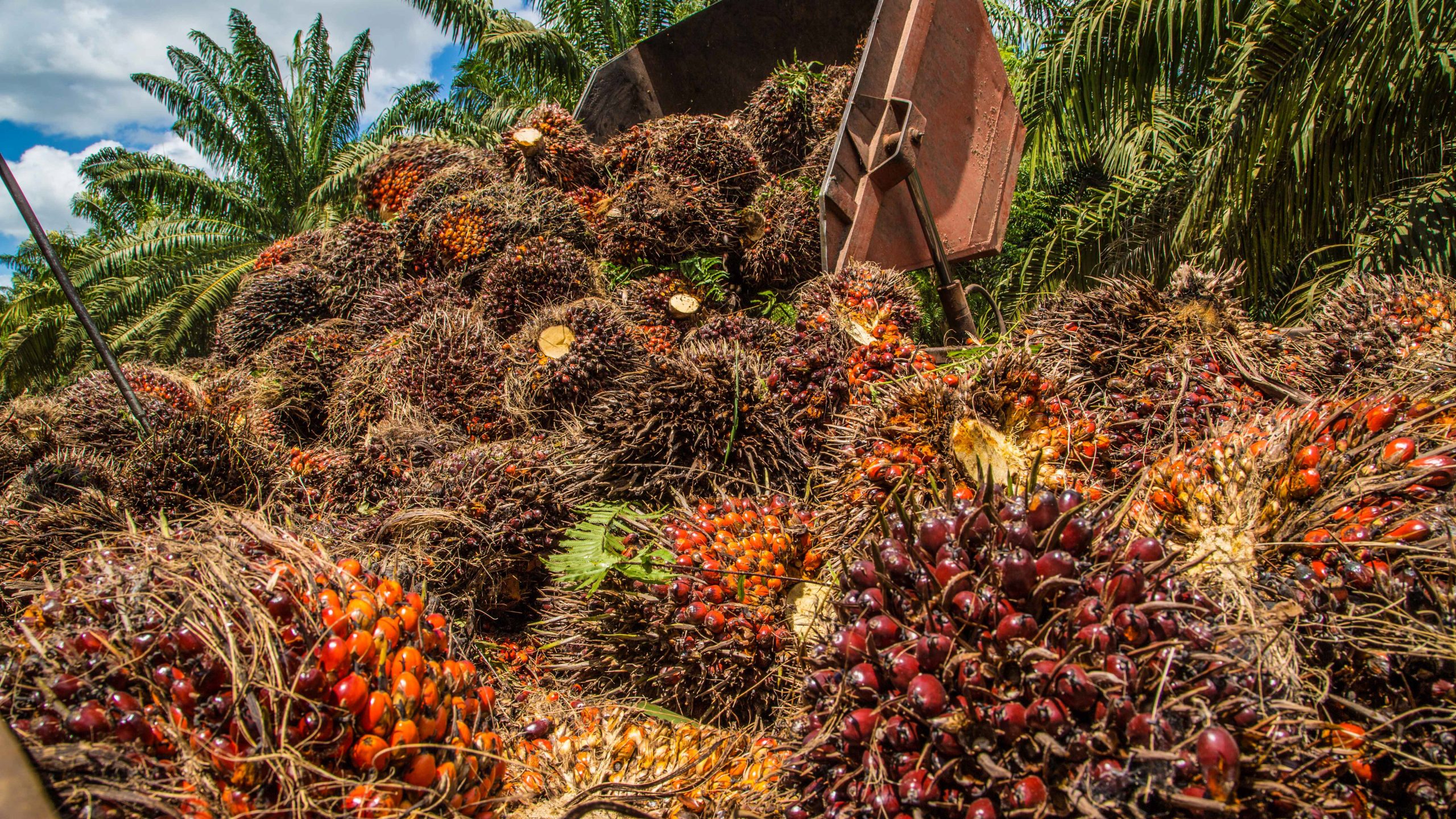
The business case for this intervention
- By taking on co-responsibility, a company signals, locally and globally, its long-term support for the sustainability objectives of a high value landscape/jurisdiction.
- Aligning a landscape/jurisdiction’s targets with its own can help ground and focus further actions the company might take to advance these targets.
- Public commitments to and reporting on L/JI results can attract other companies and NGOs with an interest in the same goals, creating new partnership opportunities.
